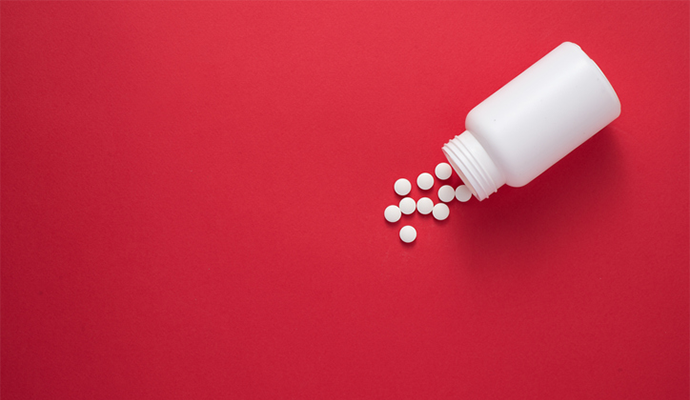Clinical Trial Finds Hydroxychloroquine Does Not Prevent COVID-19
11.8% of those receiving hydroxychloroquine got COVID-19, compared with 14.3% of those receiving placebo. The absolute difference was –2.4 percentage points, the clinical trial showed.

Source: Thinkstock
A new clinical found that high doses of hydroxychloroquine did not prevent illness compatible with COVID-19 when initiated within four days after a high-risk or moderate-risk exposure.
For more coronavirus updates, visit our resource page, updated twice daily by Xtelligent Healthcare Media.
- The results recently published in The New England Journal of Medicine found that new illness compatible with COVID-19 did not differ substantially between participants receiving hydroxychloroquine (11.8 percent) and those receiving placebo (14.3 percent).
The absolute difference between those receiving hydroxychloroquine and those receiving placebo was -2.4 percentage points. New COVID-19 developed in 107 of 821 participants, or 13 percent during the 14 days of follow-up.
“This randomized trial did not demonstrate a significant benefit of hydroxychloroquine as postexposure prophylaxis for COVID-19,” researchers said. “Whether preexposure prophylaxis would be effective in high-risk populations is a separate question, with trials ongoing. In order to end the pandemic, a reduction in community transmission is needed.”
The majority of clinical studies of hydroxychloroquine for COVID-19 have focused on hospitalized patients. But researchers stressed that to alter the outcome of the pandemic, it is necessary to break the chain of transmission.
The risk of secondary household transmission has been estimated as 10 to 15 percent. Smaller, nonrandomized, noncontrolled cohort studies have previously indicated that the use of hydroxychloroquine could reduce or even eliminate this risk.
The randomized, double-blind, placebo-controlled clinical trial enrolled 821 asymptomatic participants across both the US and Canada beginning on March 17, 2020. About 87.6 percent of the participants reported a high-risk exposure to a confirmed COVID-19 contact.
The enrolled individuals had exposure to the virus at a distance of less than six feet for more than ten minutes with no personal protective equipment.
Over 65 percent of participants were healthcare workers, the majority being physicians or physician assistants, and nurses or nursing assistants, researchers stated.
Within four days after exposure, participants were randomly assigned to receive either placebo or hydroxychloroquine, 800 mg once, followed by 600 mg in six to eight hours, then 600 mg daily for four additional days, researchers stated.
The primary outcome was the incidence of either laboratory-confirmed COVID-19 or illness compatible with COVID-19 within 14 days.
Side effects were more common with hydroxychloroquine than with placebo. Specifically,
17 participants stopped taking the assigned drug in the hydroxychloroquine group, while only eight participants in the placebo group did the same.
Among the participants who took any hydroxychloroquine, 40.1 percent reported a side effect by Day 5, versus 16.8 percent receiving placebo. Nausea, loose stools, and abdominal discomfort were the most common side effects.
Hydroxychloroquine has been at the forefront of all drug repurposing candidates. Although promising at the beginning of the COVID-19 pandemic, recent studies have found that the drug may not be as beneficial as experts once thought.
Researchers recently found no evidence that the use of hydroxychloroquine, with or without azithromycin, reduced the risk of mechanical ventilation in patients hospitalized with coronavirus.
The patients were categorized into three different groups: those treated with hydroxychloroquine, those treated with hydroxychloroquine and azithromycin, and those unexposed to hydroxychloroquine.
There was no notable difference in the risk of ventilation in either the hydroxychloroquine group or the hydroxychloroquine and azithromycin group, compared to the group not exposed to hydroxychloroquine.
Moreover, there was a higher risk of death from any cause in the hydroxychloroquine group and not in the hydroxychloroquine and azithromycin group. Death rates in the hydroxychloroquine group, hydroxychloroquine and azithromycin, and no hydroxychloroquine were 27.8 percent, 22.1 percent, and 11.4 percent, respectively.
“Data from ongoing, randomized controlled studies will prove informative when they emerge. Until then, the findings from this retrospective study suggest caution in using hydroxychloroquine in hospitalized COVID-19 patients, particularly when not combined with azithromycin,” researchers stated.
